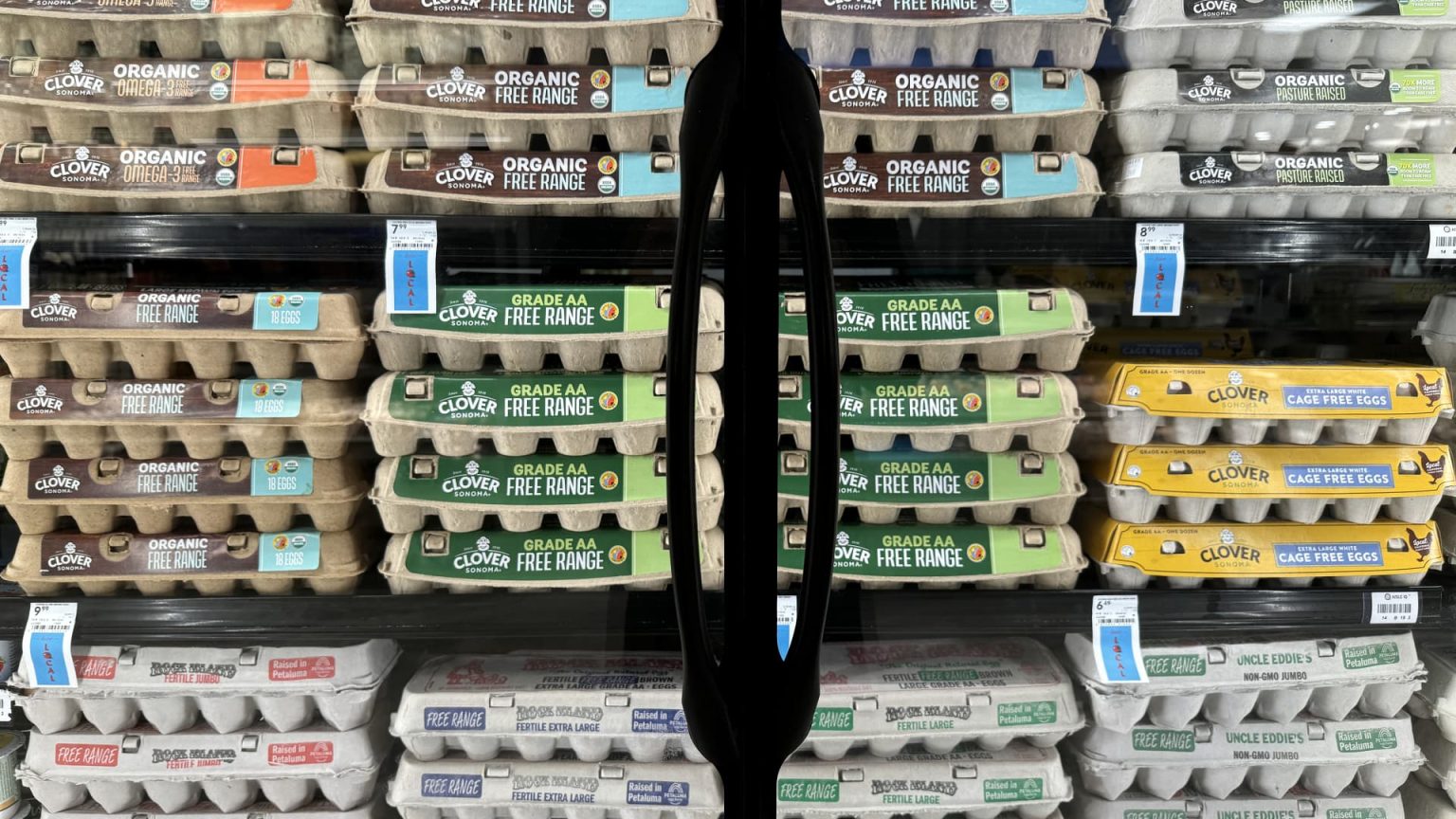In September, the pace of price increases in the U.S. took an unexpected step higher, with the consumer price index rising 0.2% for the month and the annual inflation rate reaching 2.4%. Excluding food and energy, core prices increased 0.3% on the month, putting the annual rate at 3.3%. The increase was driven by a jump in food prices, shelter costs, used vehicle costs, new vehicles, medical care services, and apparel prices. This comes as the Federal Reserve has started lowering benchmark interest rates, with more cuts expected in the future as inflation eases back towards their 2% goal.
Meanwhile, initial filings for unemployment benefits unexpectedly rose to 258,000 for the week ending Oct. 5, the highest total since August 5, 2023, and continuing claims also increased. On the inflation side, prices in various food categories continued to rise, with egg prices jumping 8.4% and butter prices up 2.8% for the month. Shelter costs, which have been higher than expected by Fed officials, were up 4.9% year-over-year, indicating a potential easing of broader price pressures ahead. The increase in both inflation and unemployment claims may impact the Fed’s decision on future interest rate cuts.
The rising inflation rates in key categories such as food, shelter, vehicles, and medical care services are driving the overall increase in prices in the U.S. economy. While energy prices fell 1.9%, other items such as used vehicles and apparel saw significant increases. With core prices exceeding forecasts, policymakers are facing a challenging decision on whether to continue cutting interest rates in response to the higher inflation rates. The unexpected increase in unemployment claims further complicates the economic outlook, adding uncertainty to the Federal Reserve’s next moves.
The Federal Reserve has recently cut interest rates by half a percentage point and is expected to continue cutting rates in response to the rising inflation and concerns about the labor market. However, the pace and degree of additional rate cuts remain uncertain. With inflation easing back towards the Fed’s 2% target, policymakers are becoming more optimistic about the economic outlook. The unexpected increase in unemployment claims may signal potential weaknesses in the labor market, further complicating the Fed’s decision-making process on future interest rate cuts.
Despite the positive signs of easing inflation, the unexpected increase in unemployment claims is a cause for concern and may impact the Fed’s decision on future interest rate cuts. Rising prices in key categories such as food and shelter indicate that inflation is proving to be sticky in the U.S. economy, posing challenges for policymakers. While the Fed is expected to continue cutting interest rates, the recent economic data suggests that the path forward may be more uncertain than previously anticipated. The interplay between inflation, unemployment, and interest rates will be crucial in shaping the future economic landscape and guiding the Federal Reserve’s decisions in the coming months.













